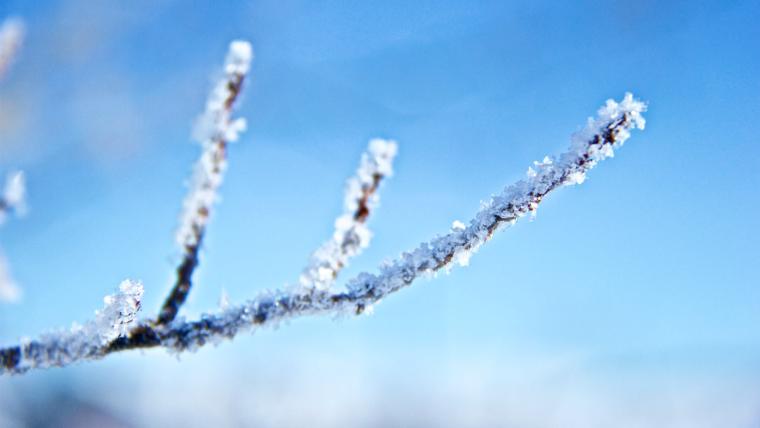
In a nutshell
As the climate has warmed over the last several decades, the start of spring in the Northern Hemisphere has advanced. Trees are leafing out earlier than they have historically, which could lengthen the growing season, benefiting trees and the species that depend on them. However, with earlier leaf out, there is an increased risk that a late spring frost could damage newly emerging leaves and limit vegetative growth.
To understand how late spring frosts affect tree growth and phenology, a group of researchers conducted a series of experiments and gathered observational data on 870 tree species from USA-NPN’s Nature’s Notebook and other networks in Europe, China, and Russia. Researchers were particularly interested to see whether the effects of a late spring frost are short lived or whether these events impact tree growth and phenology over the course of multiple years.
The researchers found the effects of late spring frosts are complex and long-lasting. Late frosts damaged new buds and leaves and reduced a tree’s ability to store the resources it needs to survive winter and initiate future growth. With fewer resources after a late frost, leaf-out in spring of the next calendar year was delayed by an average of seven days. The negative effects of late-spring frosts were more severe for broadleaf trees than conifers and more severe for trees that leaf out later in the spring.
The results of this study could be used to improve predictions of how forests in the Northern Hemisphere will respond to future climate change. While the start of spring in northern forests has generally been advancing with climate change, more late spring frosts could shift this pattern and delay spring leaf out in some locations and years.
What is special about this study?
These results illustrate that climate events, like late spring frosts, can affect plant phenology over the short- and long-term. The researchers were also able to use a combination of approaches to identify exactly how late frosts cause delays in spring phenology. This information could greatly increase the accuracy of predictions about forest productivity under climate change.
What does this mean for YOU?
Your Nature’s Notebook observations of spring leaf out in U.S. forests were a critical component of this study. Continued monitoring of these trees will help us better understand the long-term effects of late spring frosts and determine whether some species or locations are particularly vulnerable to these events.
Citation: Wang, J., H. Hua, J. Guo, X. Huang, X. Zhang, Y. Yang, D. Wang, X. Guo, R. Zhang, N.G. Smith, S. Rossi, J. Peñuelas, P.C. Ciais, C. Wu, and L. Chen. 2025. Late spring frost delays tree spring phenology by reducing photosynthetic productivity. Nature Climate Change 15:201-209. https://doi.org/10.1038/s41558-024-02205-w